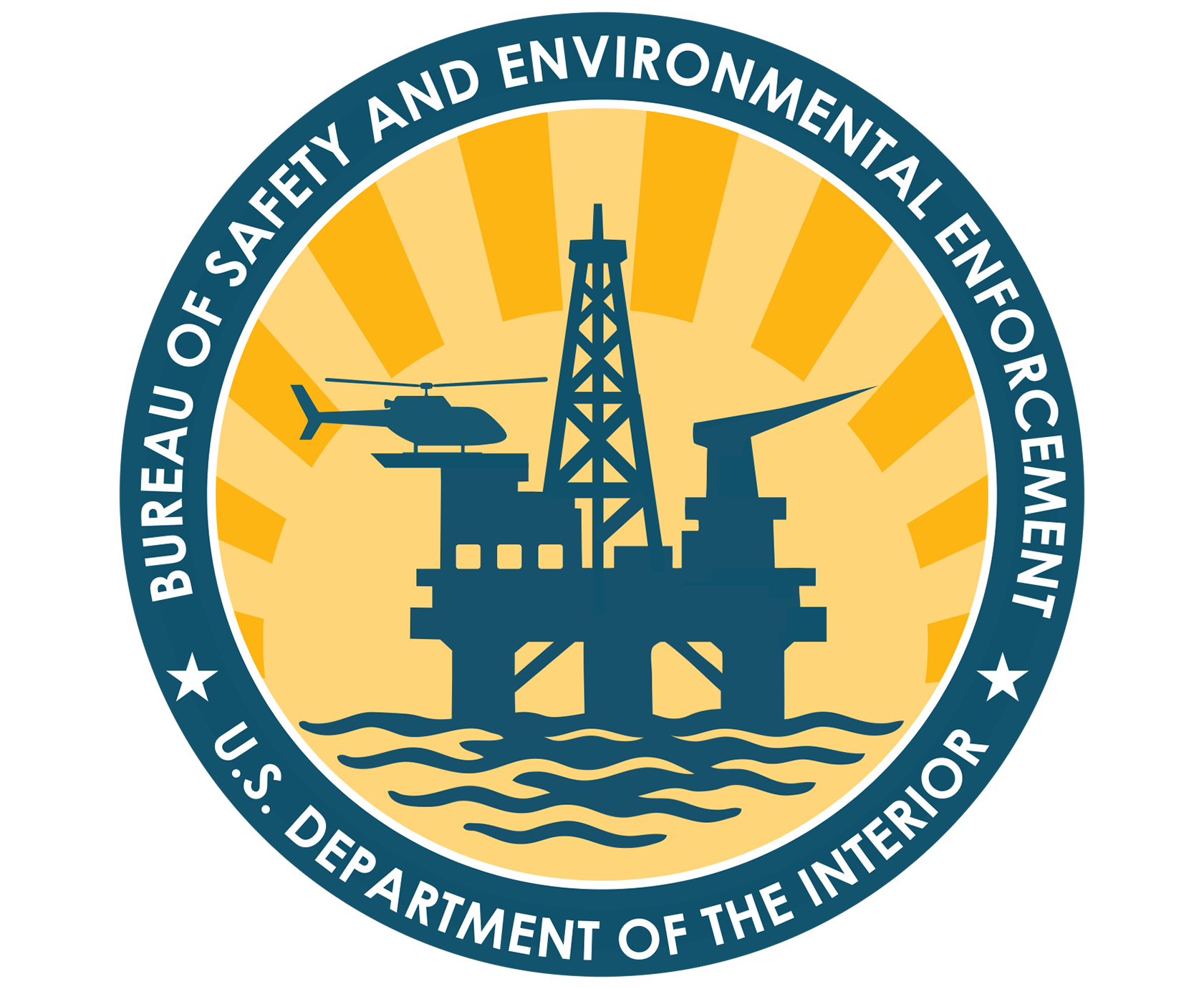You are viewing ARCHIVED content published online before Jan. 20, 2025. Please note that this content is NOT UPDATED,
and links may not work. Additionally, any previously issued diversity, equity, inclusion or gender-related guidance on
this webpage should be considered rescinded. For current information, visit
News Items | Bureau of Safety and Environmental Enforcement.
WASHINGTON- The Bureau of Safety and Environmental Enforcement (BSEE) today released the panel investigation report on the October 2017 oil release located in about 4,463 feet of water in the Gulf of Mexico approximately 40 miles southeast of Venice, Louisiana. The panel included BSEE career subject matter experts including petroleum engineers, pipeline engineers, and incident investigators. Based on the panel’s findings and additional engagement with offshore operators, the report makes recommendations for improving subsea leak prevention and detection strategies.
The leak, reported by LLOG Exploration Offshore, LLC, resulted from fractured subsea infrastructure that tied into LLOG’s Delta House platform located at Mississippi Canyon Block 254. Over an approximate 24-hour period beginning the morning of October 11, a fractured subsea wellhead jumper, that connected one wellhead to a subsea skid referred to as a PLET (Pipeline End Termination), released an estimated 16,000 barrels of oil into the Gulf. Ocean currents flowed southwest at the time of the incident and there were no reports of oil reaching the coastline.
As a result of its investigation into the incident and its findings, BSEE recommends that operators increase scrutiny in the design, placement and maintenance of their subsea infrastructure. In particular, the report recommends careful evaluation of flowline components and surveying methods to ensure suitability and longevity. The panel also outlined several recommended improvements in subsea leak detection including enhanced monitoring technology and additional training.
To read more about the panel investigation and recommendations, the full report can be found here.
A memo from BSEE leadership in response to the report can be found here.
- ## -
